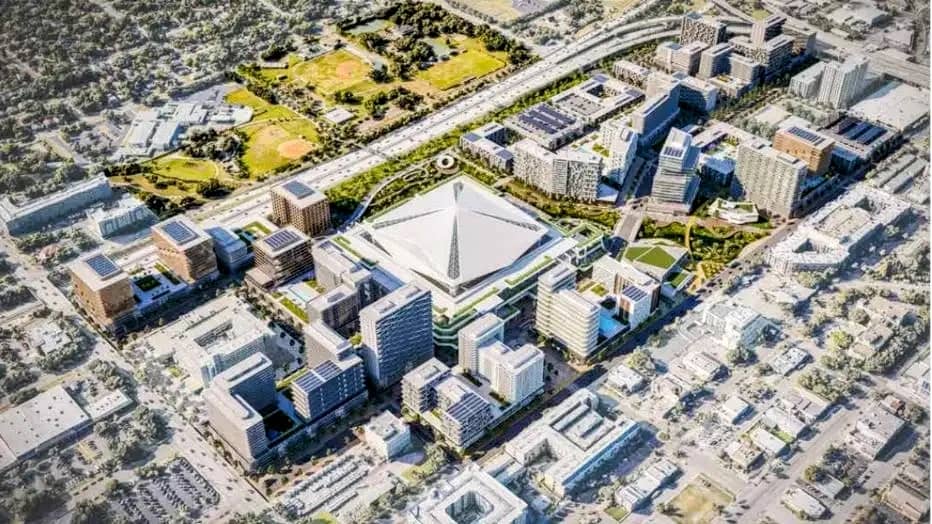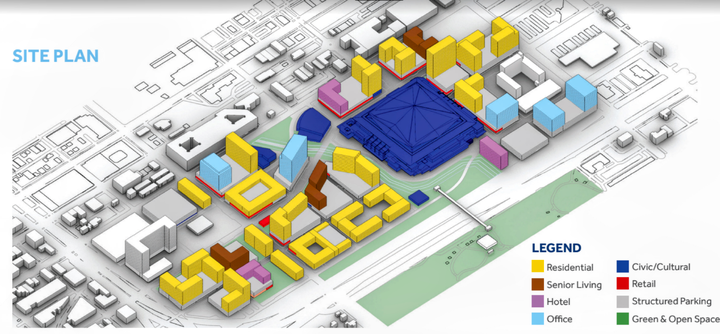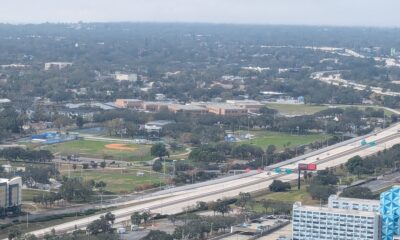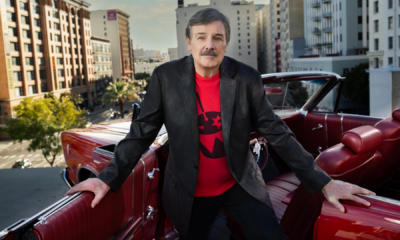Know
Commissioners believe stadium funding plan is a ‘win-win’

Pinellas County officials pushed back against recent reports that funding for a new Tampa Bay Rays stadium – and the subsequent interest – would come at local taxpayers’ expense.
Administrator Barry Burton repeatedly stressed at Thursday’s work session that they would only offer limited-use tourism development tax (TDT) dollars through an interlocal agreement with the City of St. Petersburg. In addition, County Attorney Don Crowell explained that borrowing against ad valorem revenues requires a voter referendum.
While the county will contribute taxes accrued from hotel stays, Commissioner Brian Scott noted it will receive money for “any government purpose” in return. “It’s all upside,” he said.
“It’s a win-win, in my mind,” added Commission Chair Janet Long.

Administrator Barry Burton stressed that visitors would pay for one of the largest tax-generating economic development projects in the county’s history. Image provided.
Burton noted that the recently released term sheet is a non-binding framework for the $1.3 billion ballpark project. He said it would help guide forthcoming finite details and additional, significantly more complex, documents.
The county will contribute $312.5 million in funding designated for tourism uses. Burton said Pinellas officials will own the 17-to-20-acre stadium site and release parcels to the Rays/Hines development team through various construction phases.
State law and the previously established Intown Community Redevelopment Agency (CRA) will dictate contractor bidding requirements. St. Petersburg officials will issue $287.5 million in tax increment bonds to pay for its share of the project.
Burton said the county would serve as a “financier” and the city as the “sole funder.” He said that was a more efficient agreement.
The Rays are responsible for any cost overruns and maintenance. Burton said contracts would mandate that team officials continue upgrading and maintaining the ballpark throughout the 30-year lease.
He told commissioners that the ballpark, scheduled to open in 2028, would become a Visit St. Pete-Clearwater marketing focal point. The Rays will also provide 5,000 tickets for local low-income families.
David Abrams, an independent consultant with Inner Circle Sports, said the 21-page term sheet “is only a roadmap.” He has worked on sports projects for 30 years, including Raymond James Stadium.
“While this is a jointly owned facility, it is the responsibility of the Rays to make this work,” Abrams said. “And I think that’s what you want. They are receiving the lion’s share of the (stadium’s) revenue – if not all that – they should be applying that to their home field. And I firmly believe that they will do that.”

The $6.5 billion mixed-use district’s site plan, anchored by a new ballpark (dark blue). Image provided.
Burton said a contract would cap the county’s expenditures regardless of the final cost. He compared the TDT funding to a bank loan.
He noted that it is up to commissioners to decide how much of the $312.5 million they would like to bond. Burton said they could put $50 million down to reduce debt interest if the U.S. Army Corps of Engineers resumes funding beach renourishment projects.
Burton said Rays officials could “pave the entryways in gold,” without affecting property taxes or the county’s contribution. “And the key to that is they have the requirement of long-term maintenance,” he added.
“So, we don’t want to skimp on the type of materials and things and the way we build it.”
Abrams said, “of course” the new ballpark and surrounding redevelopment would benefit team owner Stuart Sternberg. However, he believes the 86-acre project would also provide equitable value to St. Petersburg and the county.
Abrams explained that local leaders and residents would benefit from a substantially increased tax base surrounding the stadium. “Should they (Sternberg) decide to sell the team in the future, there’s a good chance that the value proposition in there is going to be good for everybody,” he said.
Burton explained that commissioners previously committed $108 million to Intown CRA improvements. In 2018, they allocated $75 million to infrastructure around Tropicana Field.
That will go towards the latest redevelopment plans. However, Burton noted that the program expires in 2032.
He said the 86-acre redevelopment could then contribute billions to county coffers over the next 30 years, as everything outside the stadium is taxable. Burton said the project’s myriad amenities would also create vibrancy in what is now a “sea of parking.”
He said the return on investment would take time but last for generations. “This is probably one of the largest economic development projects that will produce new tax revenue for the county – in the county’s history,” Burton added.
“This is a huge economic development project paid for by our visitors.”








HAL FREEDMAN
October 13, 2023at4:10 pm
Okay, the County makes out. How about the City’s share of funding?